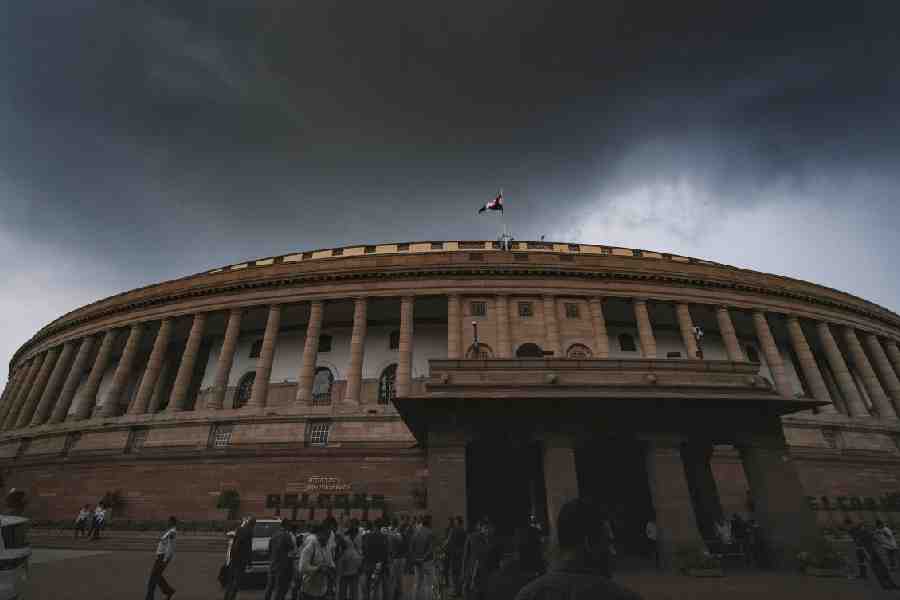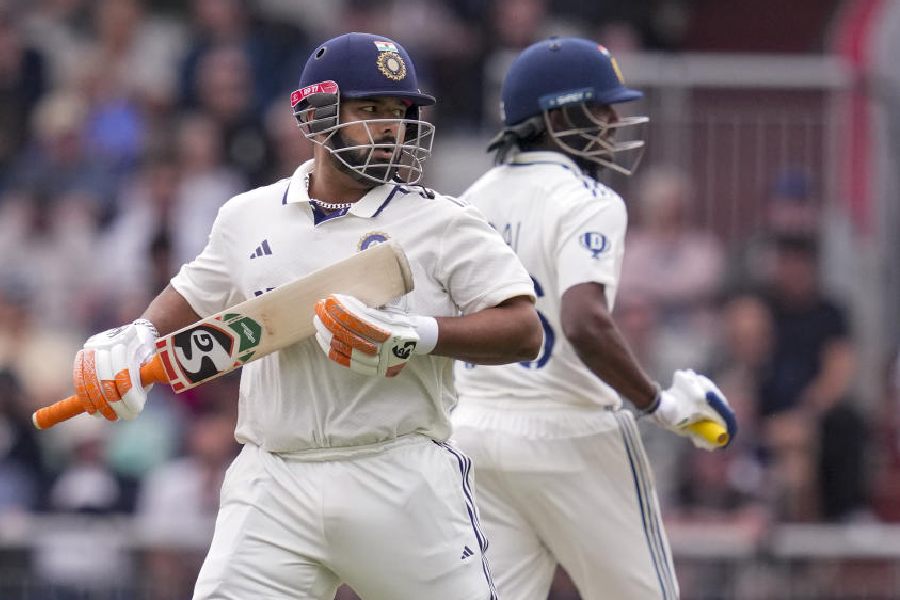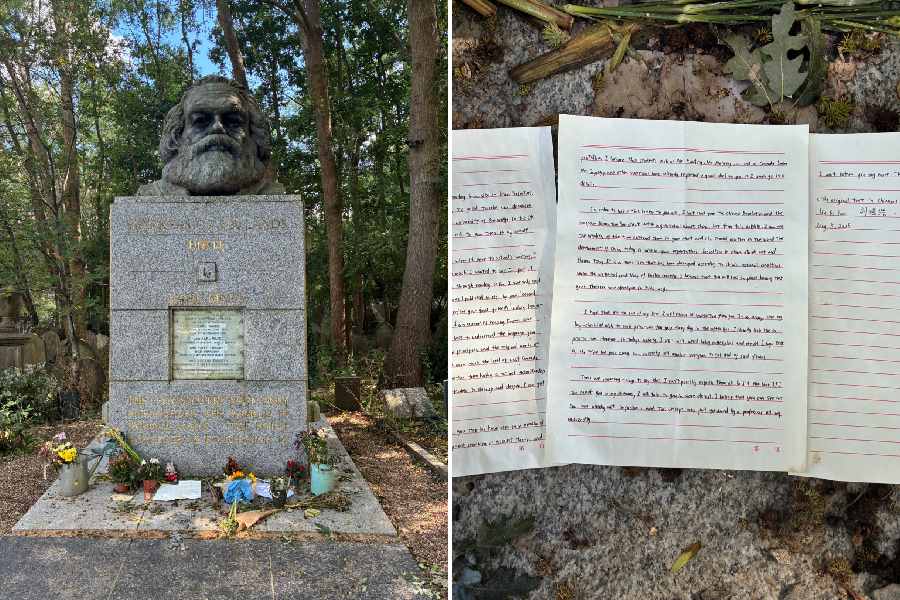
Cuttack, April 2: The civic body today extended its door-to-door survey to identify jaundice patients to all parts of the city following detection of cases in areas other than Jobra.
"We have pressed around 500 anganwadi workers and Accredited Social Health Activists (ASHA) into service for the survey in all 59 wards under the municipal area for detection and immediate treatment," city health officer P.K. Pradhan told The Telegraph.
"As part of the survey, we have provided 5 lakh water purifying halogen tablets for door-to-door distribution. We are also spreading awareness about the disease on a priority basis," Pradhan said.
So far, 52 jaundice patients have been detected in the city. While 44 patients had been detected from five localities of Jobra alone, the rest were reported from other areas of the city in the past two days.
"We intensified the survey after detection of three patients in Mehendipur, one in Kesharpur and two each in Samadhipatna and Darghapatna," the health officer said.
The jaundice outbreak has been attributed to contamination of drinking water due to leakage in pipelines situated close to drains.
"Since it will take some time to replace the leaking pipelines, we are appealing to the public to consume boiled cool water," chief district medical officer Prafulla Behera said. Sources said that during last year's jaundice outbreak in Jobra, the authorities detected leakages in nearly 1,000 household pipeline connections, most of which were unauthorised. But, only 70 per cent of the faulty pipelines could be repaired or replaced following regularisation of the connections.
The administration claimed that steps were being taken on war footing to repair or replace the leaking pipelines in the localities from where jaundice cases have been reported this time.
However, city residents felt that whatever action the administration was taking now was too little and too late.
"The authorities are replacing the pipelines in only the affected pockets. Unless all leaking and corroding pipelines in the city are fixed, such outbreaks cannot be prevented," said Jobra resident Sanjay Mohanty.
A huge section of the present 550-km-long network of drinking water supply pipelines with around 49,000 connections in the city is more than three decades old.
Though the public health engineering department had started replacing old pipelines in the affected areas, many senior officials also expressed concern over the lack of a concrete action plan to prevent such outbreaks in the future.
There were two jaundice outbreaks in the city in 2014 as well. While 36 cases were reported from Chauliaganj in April, 60 cases were reported from Alamchand Bazar, Mehendipur, Kaligali and Kazi Bazar areas in September that year.
In the outbreak of February 2015, nearly a hundred cases were reported from Jobra, Mangalabag, Machua Bazar, Thoria Sahi, Nahak Sahi, Gamhandia, Pattapol and Sutahat areas.










